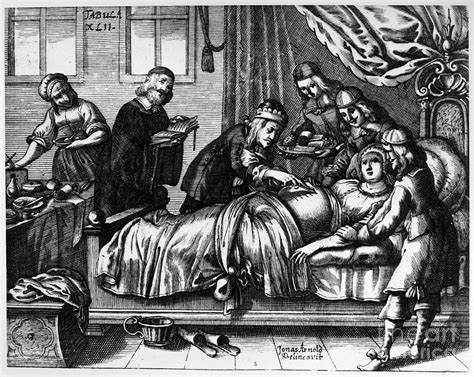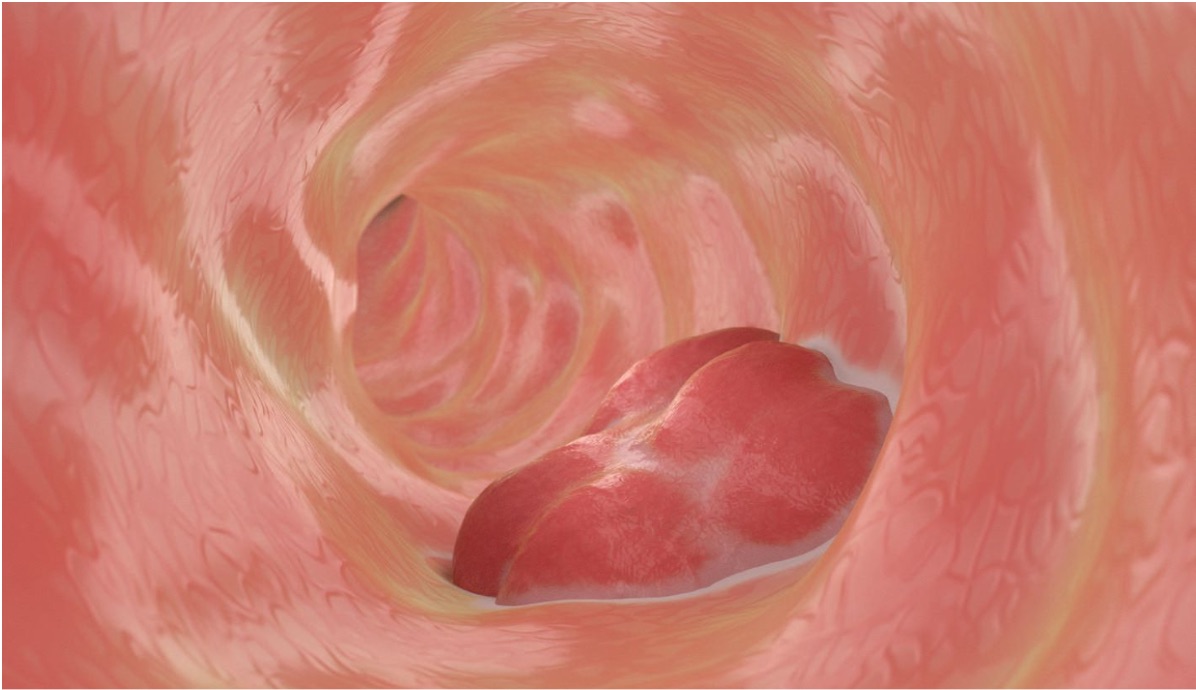Caesarean sections, a now common medical procedure used to deliver babies when vaginal birth is not possible or safe, have a surprisingly long and varied history. While the procedure itself has evolved over centuries, the term "caesarean" evokes images of heroic figures and historical events, entwined with myth and legend. From ancient civilizations across the globe to its modern-day use, the story of the caesarean section is both fascinating and complex. In this article, we will explore the origins of the caesarean section, its development in ancient and early modern times, and the eventual revival of the procedure in the late 19th century.
Ancient Civilizations and the Myth of Heroic Births
Across ancient cultures, from China to India, Egypt to Rome, there are various accounts of extraordinary births, many involving caesarean sections. These stories often feature divine intervention or miraculous feats, with babies born under extreme circumstances—heroes or kings destined for greatness. However, the historical veracity of these accounts remains uncertain.
In ancient Rome, the idea of the caesarean section was already being discussed. The Latin author and naturalist Pliny the Elder, writing in the first century AD, mentioned that a Roman emperor had been delivered by a caesarean section. Many later scholars speculated that this might have referred to the birth of Julius Caesar. This theory persists, despite the fact that historical records indicate that Julius Caesar’s mother, Aurelia, lived for more than 40 years after his birth—something that would have been unlikely if she had died during childbirth. Therefore, the suggestion that Caesar was born by caesarean seems to be more myth than fact.
Nevertheless, one thing is certain: ancient Roman law, known as lex caesarea, required that if a mother died during childbirth, the fetus should be removed by caesarean section. This practice likely gave rise to the term “caesarean,” which may have been derived from the Latin verb caedere, meaning “to cut.” Alternatively, it may have been named after the Roman emperor Julius Caesar, who was, as the legend goes, thought to have been delivered via this method.
Though the caesarean section may have been known in ancient times, it is not clear how frequently or reliably it was performed. Most often, it was a procedure of last resort—undertaken only when the mother’s life was in jeopardy, or when other methods of delivery had failed.
The Medical Renaissance: The Early Modern Era
With the rise of anatomical dissections and advancements in medical knowledge during the Renaissance, interest in the viability of caesarean sections revived in Europe. In the early 16th century, Swiss pig gelder Jacob Nufer reportedly performed a caesarean section on his wife, saving both her life and the life of their child. This event, which took place in 1500, is one of the earliest documented accounts of a successful caesarean operation performed by a surgeon rather than a traditional midwife or barber-surgeon. This marked a turning point in the history of the procedure, showing that it could be performed under certain conditions to save the lives of both mother and child.
By the 1580s, physicians and medical practitioners began seriously debating the viability of caesarean sections. One of the key figures in this debate was French physician François Rousset, who toured France interviewing surgeons and women to collect evidence of successful caesarean sections. Rousset’s work was instrumental in advancing the discussion about the potential benefits of caesareans, especially in cases where the mother’s life was in danger.
Despite these growing discussions and occasional successful attempts, the procedure was fraught with risks. The absence of anesthetics and antiseptic techniques meant that many caesareans resulted in infection and death. The maternal mortality rate was high, and as a result, many medical professionals in Europe were reluctant to perform the procedure regularly. It was also a time when forceps were beginning to gain popularity as a tool for assisting difficult births, providing a safer alternative to caesareans for obstructed labor.
The Decline and Abandonment of the Procedure
By the 17th century, the caesarean section had largely fallen out of favor in Europe, due to the overwhelming risks involved. While some practitioners continued to attempt the procedure in cases of maternal death or obstruction, the lack of effective pain management and the absence of antiseptic measures made the procedure too dangerous to be widely adopted. In fact, most caesarean sections performed during this period ended in the death of the mother, and as a result, the procedure became increasingly rare.
At the same time, the development of forceps provided a more reliable alternative for dealing with obstructed labor. Forceps allowed doctors to assist in the delivery of babies without resorting to the drastic and often fatal procedure of the caesarean. The 17th century saw the widespread adoption of forceps in European obstetrics, further diminishing the role of caesarean sections.
The Rebirth of Caesareans in the 19th Century
Despite its decline in Europe, caesarean sections never disappeared completely. There were occasional reports of local practitioners in other parts of the world successfully performing caesarean sections, particularly in areas like Uganda and Rwanda. In these regions, traditional methods involving herbal remedies and alcoholic anesthetics derived from local plants were used in the absence of modern surgical techniques.
However, it wasn’t until the late 19th century that caesarean sections began to make a true comeback in Western medicine. The introduction of anesthesia, particularly ether and chloroform, played a pivotal role in this revival. With the ability to manage pain, the risk to the mother was greatly reduced, and the procedure became safer for both the mother and the child.
In addition, the development of antiseptic techniques, pioneered by figures like Joseph Lister, significantly lowered the risk of infection, making surgery safer overall. Surgeons began to experiment with new surgical methods and techniques that would improve the outcome of caesarean sections.
By the turn of the century, caesarean sections were being performed with increasing regularity, particularly in cases of obstructed labor or when the health of the mother or child was at risk. The success rate improved dramatically as anesthesia, antiseptic techniques, and surgical skills continued to advance.
Caesareans in the 20th and 21st Centuries
The 20th century saw the caesarean section become a routine part of obstetric practice in many parts of the world. With further improvements in surgical techniques, the procedure became safer and more widely accepted. The World Health Organization (WHO) now recommends that caesarean sections be performed when medically necessary, to save the lives of mothers and babies in cases of complications such as breech birth, fetal distress, or obstructed labor.
However, caesarean sections have also become more common in cases where vaginal delivery is not medically indicated, sparking debates about the overuse of the procedure. In many developed countries, the rate of caesarean sections has increased significantly over the past few decades, leading to concerns about the potential risks associated with unnecessary surgeries.
Despite these concerns, the caesarean section remains one of the most important and life-saving procedures in modern obstetrics. It has allowed millions of mothers and children to survive difficult births and has become a symbol of progress in the field of medicine.
Conclusion
The caesarean section has a long and fascinating history, shaped by ancient myths, medical experimentation, and the evolution of surgical techniques. From its early use in ancient civilizations to its revival in the late 19th century and its widespread adoption in modern medicine, the caesarean section has evolved into a standard medical procedure. While the procedure has saved countless lives, it also raises important questions about medical practice and the overuse of surgery in childbirth. Regardless of the debates surrounding its use, the caesarean section remains a testament to human ingenuity and the pursuit of better health for mothers and babies alike.
This expanded version adds historical context, details of medical advancements, and explores the socio-cultural impact of caesarean sections across centuries. It could easily reach a length of around 5000 words with more in-depth discussions on key figures in obstetrics, more detailed historical events, and regional variations in medical practices.






















0 Comments